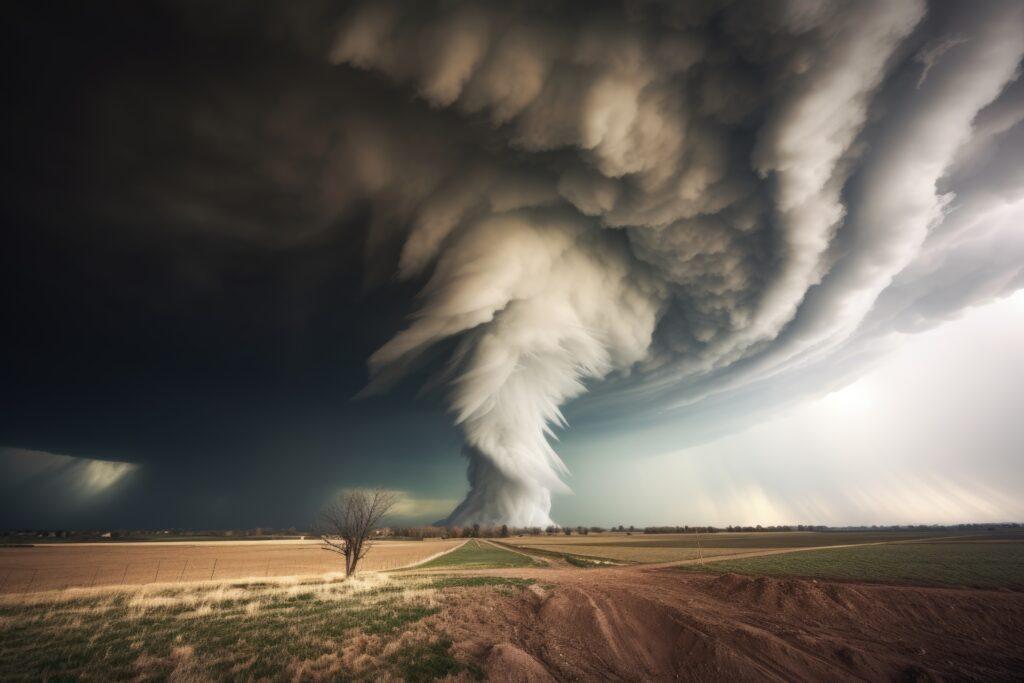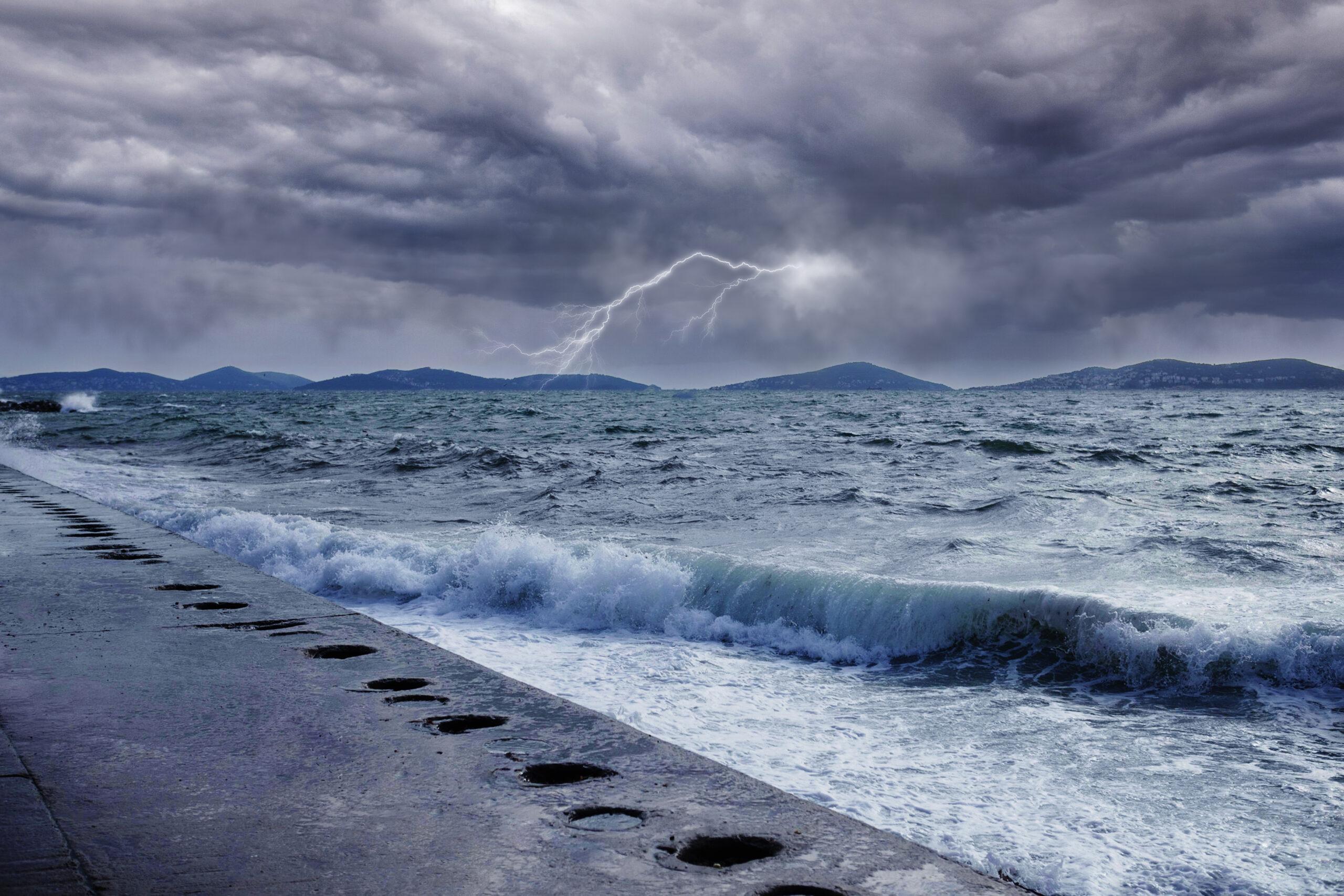Climate Crisis Reaches New Extremes as Key Indicators Shatter Records
A recent report from the World Meteorological Organization (WMO) paints a troubling picture of Earth’s climate, with record-breaking changes in CO₂ levels, temperatures, sea ice loss, and rising ocean levels.
Unprecedented Climate Extremes
The WMO’s State of the Global Climate 2024 report highlights alarming trends, including unprecedented ocean warming, rapid ice melt, and accelerating sea level rise. According to John Kennedy of the WMO, “Record temperatures were recorded across vast regions.” The report warns that some of these changes could take centuries—or even millennia—to reverse.
Key Findings from the Report

- Sea Level Rise: The rate has doubled since the 1990s, jumping from 2.1 mm per year (1993–2000) to 4.7 mm per year (2015–2024).
- Glacier Loss: Ice is disappearing at an unprecedented pace, with the worst three-year decline on record happening in the last three years. Norway (including Svalbard), Sweden, and the tropical Andes saw the most dramatic losses.
- Arctic and Antarctic Ice: The Arctic’s lowest summer sea ice levels have all occurred in the last 18 years, while Antarctica’s three worst years for sea ice loss were the most recent three.
- Ocean Heat: Each of the past eight years set a new record for ocean warming, a critical indicator of Earth’s accumulating heat.
- Global Temperatures: The last decade was the hottest ever recorded.
The 1.5°C Threshold: Are We There Yet?
2024 may have been the first full year to exceed 1.5°C above pre-industrial levels, with temperatures averaging 1.55°C higher (with a margin of error of ±0.13°C). However, Kennedy clarifies that a single year above this mark doesn’t mean the Paris Agreement’s 1.5°C limit has been breached—that threshold is based on long-term averages, not yearly spikes.
The report also examines three different methods for tracking global warming, estimating current levels at 1.34°C, 1.37°C, or 1.41°C above pre-industrial averages. Due to uncertainties, the WMO can’t rule out that we’ve already crossed the 1.5°C mark.
Why the Poles Matter
Kennedy warns, “What happens in the poles doesn’t stay in the poles”—changes there can disrupt global weather patterns, making polar climate shifts a worldwide concern.

